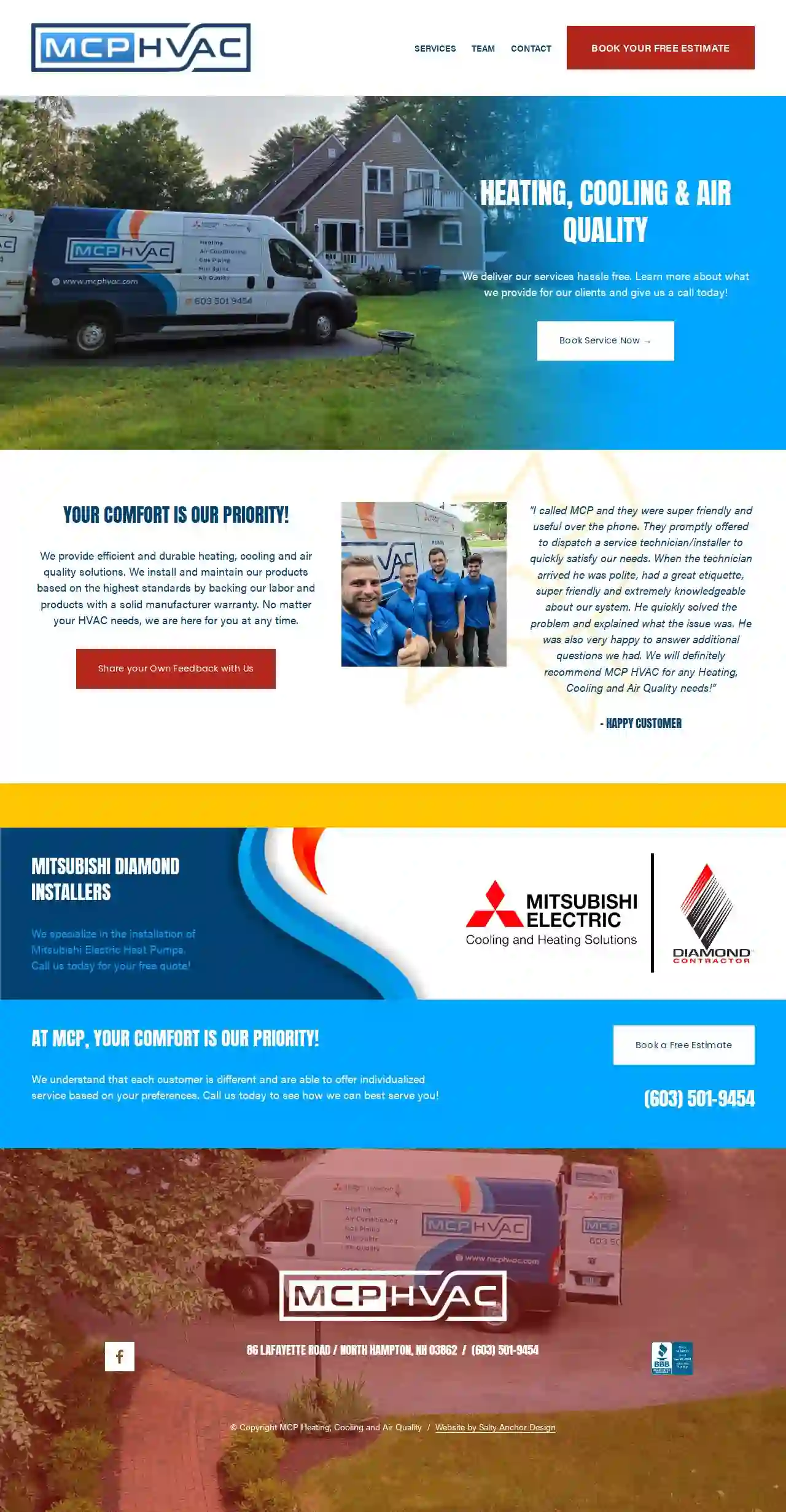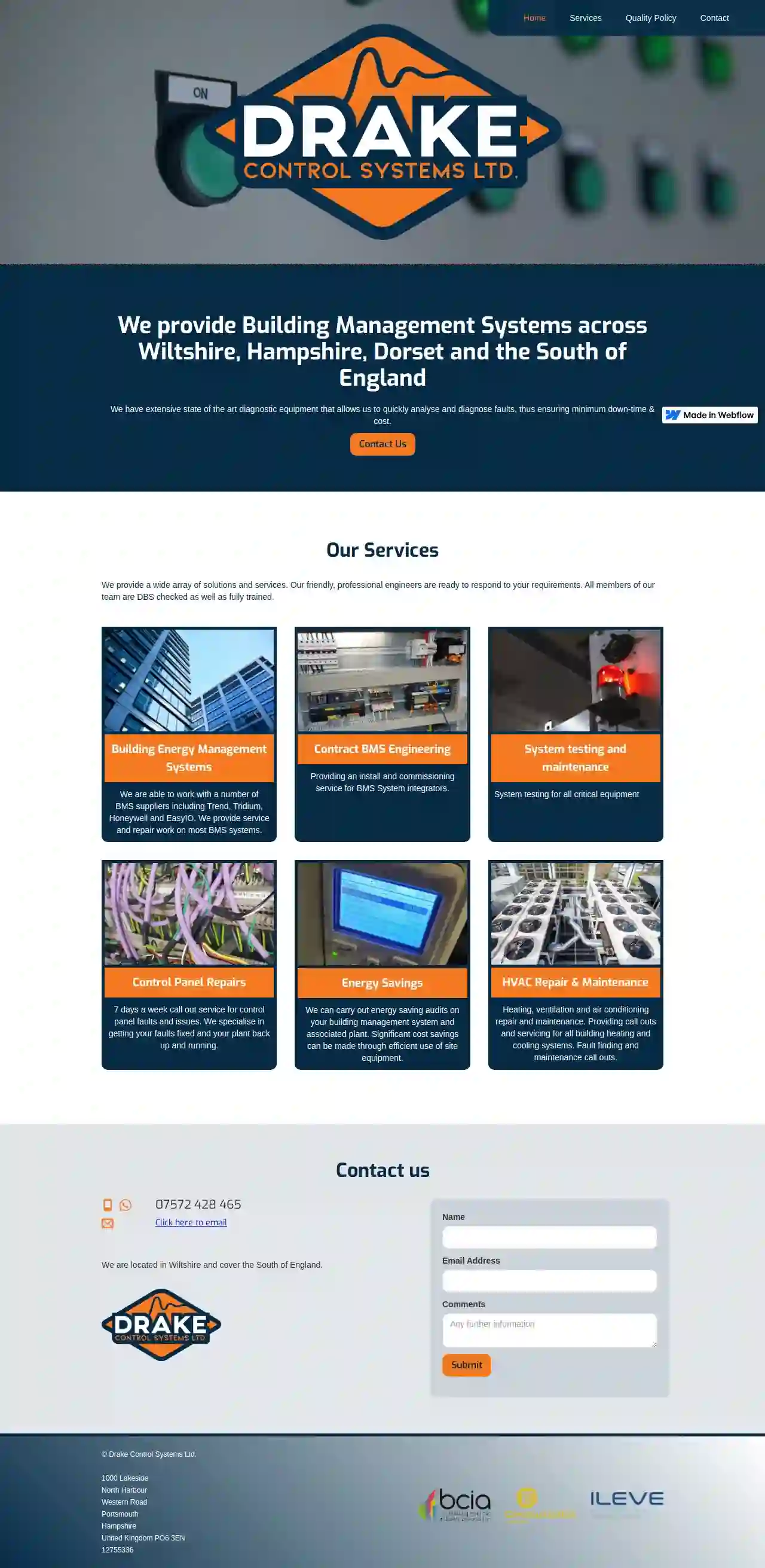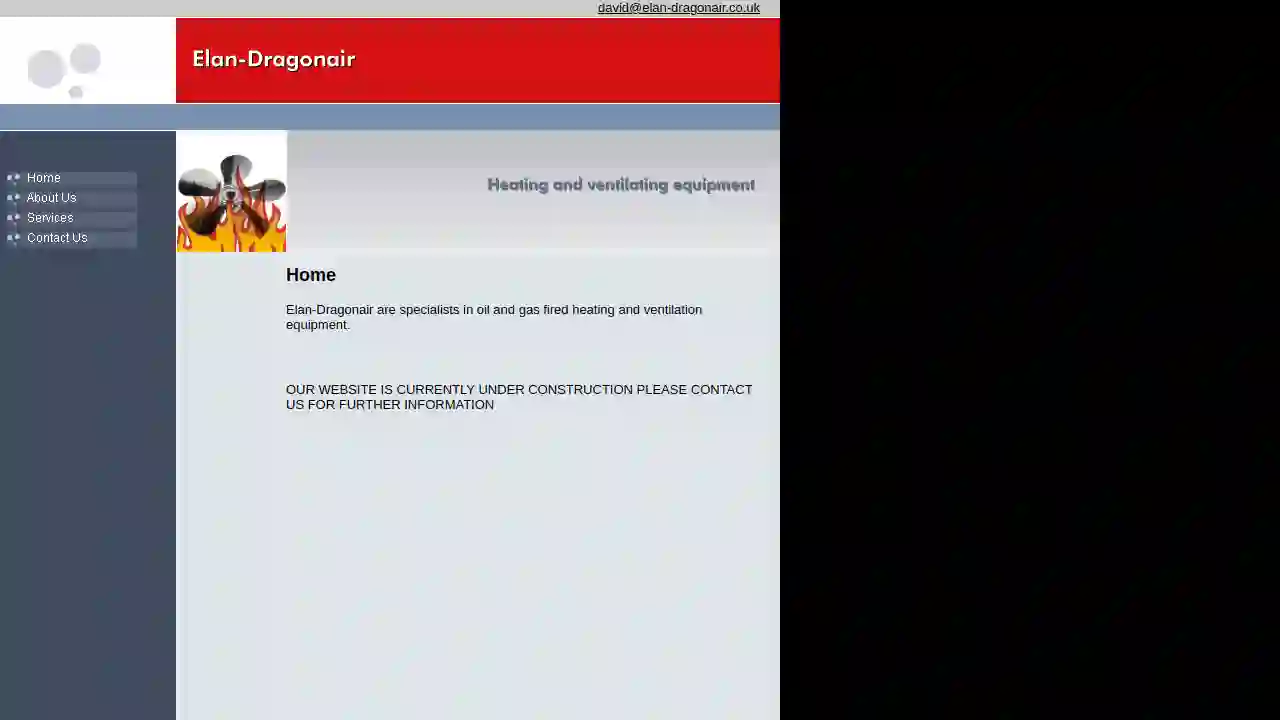Furnace Repair Portsmouth
Find Furnace Service in Portsmouth
Receive up to 3 Furnace Service quotes for your project today! Compare profiles, reviews, accreditations, portfolio, etc... and choose the best offer.

PHC Parts
53 reviewsUnit 3, Parkway Trading Estate, Bristol, BS2 9PG, GBPowred Heating Components is a leading supplier of heating spares and components. We offer a wide range of products from top brands, including Baxi, Glow-worm, Ideal, Vaillant, and Worcester Bosch. Our extensive inventory includes boiler spares, radiator valves, pumps, and pressurisation units, as well as underfloor heating and solid fuel stove parts. We also provide a variety of plumbing and electrical products, including copper tube and fittings, brassware, and electrical heating appliances. With a strong focus on customer service, we aim to provide fast and reliable delivery, competitive pricing, and expert advice to help you find the right products for your needs.
- Services
- Why Us?
- Accreditations
- Gallery
Get Quote
Hutt’s Heating Ltd
4.926 reviewsPortsmouth, GBHutt's Heating Ltd is a local business that provides heating and plumbing services to customers in Hampshire and West Sussex. We pride ourselves on our quality work, integrity, and pride in our services. Our team is contactable via phone, WhatsApp, and email. We offer a range of services including boiler installations, repairs, servicing, and upgrades, as well as general plumbing and unvented cylinders. We are Gas Safe Registered and provide emergency call-outs. Our customers have praised our prompt, efficient, and friendly service, and we have received excellent reviews on Checkatrade.
- Services
- Why Us?
- Our Team
- Testimonials
- Gallery
Get Quote
MCP HVAC
5133 reviews86 Lafayette Road, Unit 4, North Hampton, 03862, GBAt MCP Heating, Cooling and Air Quality, we prioritize your comfort. We understand that every customer is unique and strive to provide personalized service tailored to your preferences. Our team of highly trained technicians and installers is dedicated to meeting all your HVAC needs, ensuring your satisfaction is our top priority. We deliver our services hassle-free. Learn more about what we offer and give us a call today! Your comfort is our mission! We provide efficient and durable heating, cooling, and air quality solutions. We install and maintain our products to the highest standards, backed by a solid manufacturer warranty. No matter your HVAC needs, we're here for you. We specialize in the installation of Mitsubishi Electric Heat Pumps. Contact us today for a free quote! Mihai Popescu, the owner and driving force behind MCP, started this company with a vision of delivering exceptional quality and customer support. He wanted to create a positive and supportive work environment for his team, believing that happy employees translate to happy customers. Mihai's mission is to bring smiles to customers' faces by providing innovative, energy-saving heating and cooling solutions. He is committed to giving back to the community that welcomed him with open arms.
- Services
- Why Us?
- Our Team
- Testimonials
- Gallery
Get Quote
Boiler Service Portsmouth
51 reviewsBoiler Service Portsmouth, 123 Main St, Portsmouth, PO1 1AA, GBBoiler Service Portsmouth is a professional boiler servicing company based in Portsmouth, Hampshire. We offer a range of services including boiler servicing, gas boiler service cost compare, oil boiler service cost, and more. Our team of experts is committed to providing high-quality services to our customers in Portsmouth and surrounding areas. With years of experience in the industry, we have built a reputation for reliability, efficiency, and customer satisfaction. Contact us today to learn more about our services and how we can help you with your boiler needs.
- Services
- Why Us?
- Accreditations
- Gallery
Get Quote
Haitch Heating
56 reviewsPortsmouth, GBWhether its a cold house, cold shower or leaking pipes, book an appointment today to get things back up and running. Whether its a cold house, cold shower or leaking pipes, book an appointment today to get things back up and running. About Us, Portsmouth based, we specialise in Gas boiler breakdowns and servicing, central heating system repairs and upgrades. From boiler swaps to full system installs we offer a full range of options for all residential gas and plumbing requirements. 24 hour emergency service available. Find out more. Working in residential properties we take pride in the quality of our workmanship and respect for customers properties. We have full public liability insurance and hold waste carriers license. With 21 years gas industry experience, Harry is fully qualified in both Natural Gas and LPG, Gas Safe registration number 660109. email now.
- Services
- Why Us?
- Our Team
- Gallery
Get Quote
ReeLeyt Heating Ltd
51 reviews53 Stanley Avenue, Portsmouth, PO3 6PL, GBAt ReeLeyt Heating Ltd we make a commitment to our customers to provide high quality advice to ensure that people get the best product and services for their needs. With more than 15 years experience in providing plumbing and heating services we understand the importance of you getting both high quality workmanship and excellent advice in meeting all your plumbing needs.
- Services
- Why Us?
- Our Team
- Testimonials
- Gallery
Get Quote
Drake Control Systems Ltd.
51 reviewsNorth Harbour, Western Road, 1000 Lakeside, Portsmouth, PO6 3EN, GBDrake Control Systems Ltd. is a leading provider of Building Management Systems (BMS) across Wiltshire, Hampshire, Dorset, and the South of England. With extensive experience and state-of-the-art diagnostic equipment, we ensure minimal downtime and cost for our clients. Our team of friendly, professional, and DBS-checked engineers is dedicated to delivering exceptional service and support. We specialize in a wide ranges of BMS services, including: Building Energy Management Systems: We work with leading BMS suppliers like Trend, Tridium, Honeywell, and EasyIO, providing service and repair for most BMS systems. Contract BMS Engineering: We offer installation and commissioning services for BMS system integrators, ensuring seamless integration and optimal performance. System Testing and Maintenance: We conduct thorough system testing for all critical equipment, ensuring reliability and efficiency. Control Panel Repairs: Our 7-day-a-week call-out service specializes in fixing control panel faults and getting your plant back up and running quickly. Energy Savings: We conduct energy saving audits on your BMS and associated plant, identifying opportunities for cost reduction through efficient equipment use. HVAC Repair & Maintenance: We provide call-outs and servicing for all building heating and cooling systems, ensuring optimal comfort and energy efficiency. At Drake Control Systems, we are committed to providing reliable, efficient, and cost-effective BMS solutions tailored to your specific needs. Contact us today to discuss your requirements.
- Services
- Why Us?
- Gallery
Get Quote
Elan-Dragonair Ltd
1162 Southampton Road, Portsmouth, PO6 4RY, GBElan-Dragonair are specialists in oil and gas fired heating and ventilation equipment. OUR WEBSITE IS CURRENTLY UNDER CONSTRUCTION PLEASE CONTACT US FOR FURTHER INFORMATION
- Services
- Why Us?
- Gallery
Get Quote
Wolseley Climate
4.416 reviewsUnits 5 and 6, Admirals Business Park, Portsmouth, PO3 5RQ, GBWolseley Climate Portsmouth, formerly Climate Center, specialises in air conditioning and refrigeration products. Supplying an extensive range of equipment, components, spares, accessories and tools to professional contractors. We stock the largest range of industry-leading products from major manufacturers and with overnight deliveries, you can lay your hands on more products when you need them, just order by 4.30pm and have items ready for collection as soon as next day.
- Services
- Why Us?
- Gallery
Get Quote
A1R Limited Air Conditioning/Refrigeration
1Portsmouth, GBA1R Limited is your trusted partner for all your HVAC, refrigeration, and air conditioning needs. We are a Portsmouth-based company serving Hampshire, Sussex, Surrey, and parts of Dorset. Our team of experienced professionals is dedicated to providing exceptional service and exceeding your expectations. Whether you require a routine maintenance check, an emergency repair, or a complete system installation, A1R is here to help. We understand that your comfort and peace of mind are paramount, which is why we strive to deliver reliable and efficient solutions tailored to your specific requirements. At A1R, we pride ourselves on our personalized approach. We take the time to understand your individual needs and provide you with a full consultation to explain all your available options. From maintenance and repair to upgrades and new installations, we offer a comprehensive range of services to keep your HVAC systems running smoothly. We are committed to using high-quality equipment and employing the latest industry techniques to ensure optimal performance and longevity. Our team is fully trained and certified, and we adhere to strict safety standards. Choose A1R for: Reliable and experienced HVAC professionals Personalized service tailored to your needs Comprehensive range of services, including installation, repair, maintenance, and upgrades High-quality equipment and industry-leading techniques Competitive pricing and exceptional customer satisfaction Contact us today for a free quote and experience the A1R difference!
- Services
- Why Us?
- Gallery
Get Quote
Over 1,991+ HVAC Companies in our network
Our HVAC experts operate in Portsmouth & surroundings!
HVACCompaniesHub has curated and vetted the Best HVAC Contractors in and around Portsmouth. Find a trustworthy contractor today.